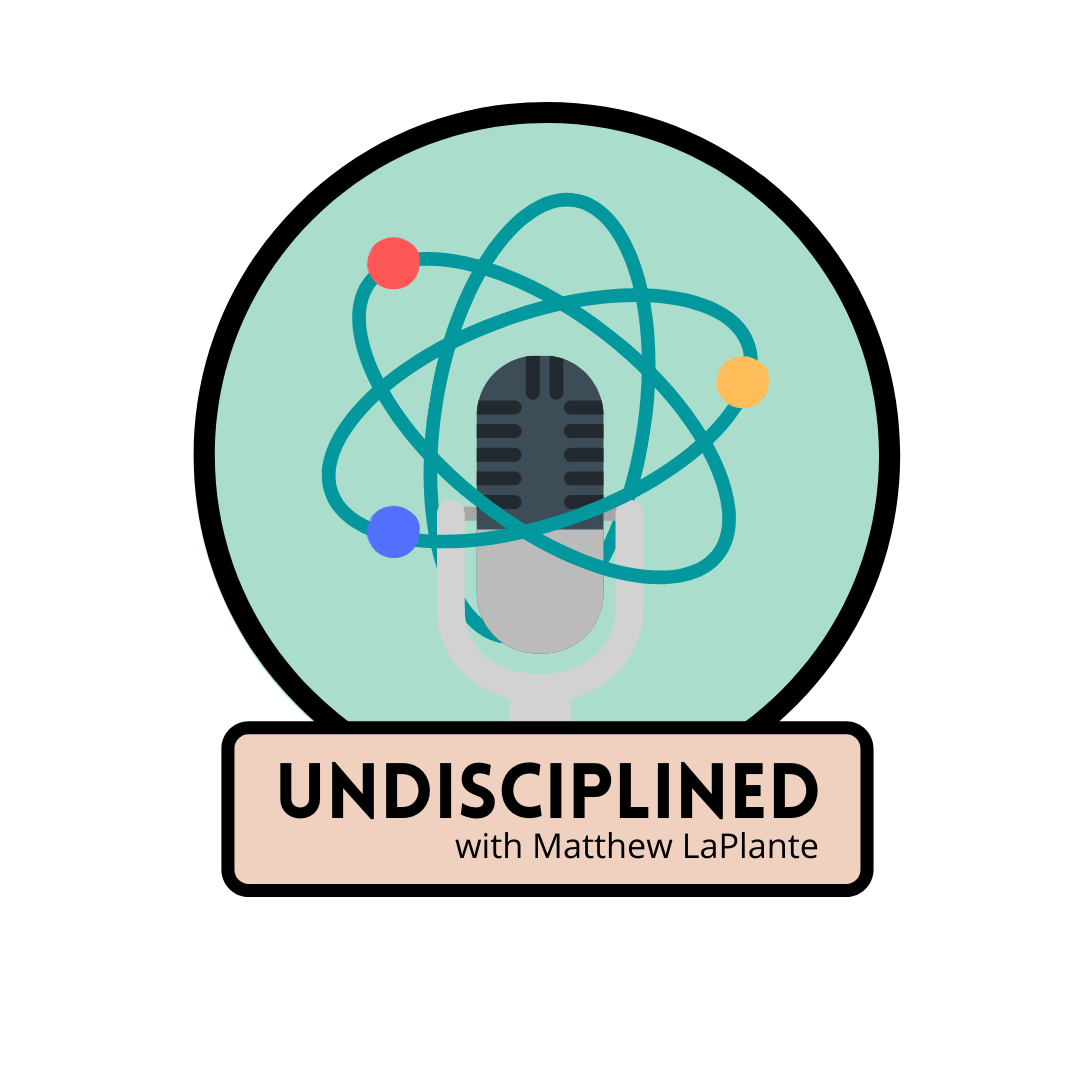Erin Lin, Assistant Professor of Political Science
Position: Assistant Professor of Global Food Politics; Department of Political Science
Email: lin.2657@osu.edu
Office: 2084 Derby Hall
Mail: 2084 Derby Hall; 154 North Oval Mall; Columbus, OH 43210
I specialize in the study of war’s long-term effects on human and economic development, both in Cambodia and more globally. One of the things that I especially seek to do in my research and writing is to recover a more dynamic appreciation of the historical processes that shape development, by integrating personal interviews and on-the-ground fieldwork with archival data. I’m also interested in exploring multidisciplinary approaches to answer key questions in political science.
My major research topics include aerial bombings, unexploded ordnance, and rural poverty. Within these themes, I investigate farmer behavior, gender norms, and policy effectiveness. Beyond these social-science themes, I have a deep interest in heavy metal contamination in soil systems (due to chemical leakage and detonation residuals) and image processing (to detect bomb craters from high-resolution satellite images).
My work incorporates techniques from computer science, machine learning, soil science, economics, and anthropology. I am currently nearing completion of my first book, which combines ethnography and over 12 years of research on Cambodia with an econometric study of declassified data from the US Air Force and the Cambodian archives.
My research has received prominent media coverage from The Economist, Gizmodo, Fox News, and The Cambodia Daily, among other media outlets. In 2021, I was elected to the Board of Trustees at Mines Advisory Group, a humanitarian organization dedicated to the removal of unexploded bombs and landmines. In 2022, I was named a Young Investigator by the Air Force Office of Scientific Research, which awards half-million dollar grants to early career scientists who show exceptional promise for conducting research of military interest.





